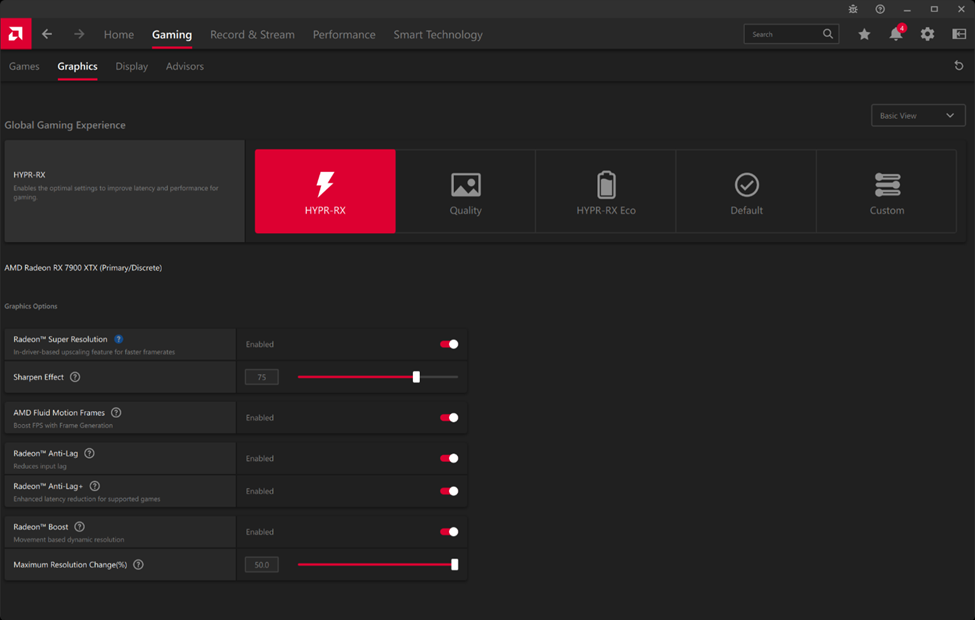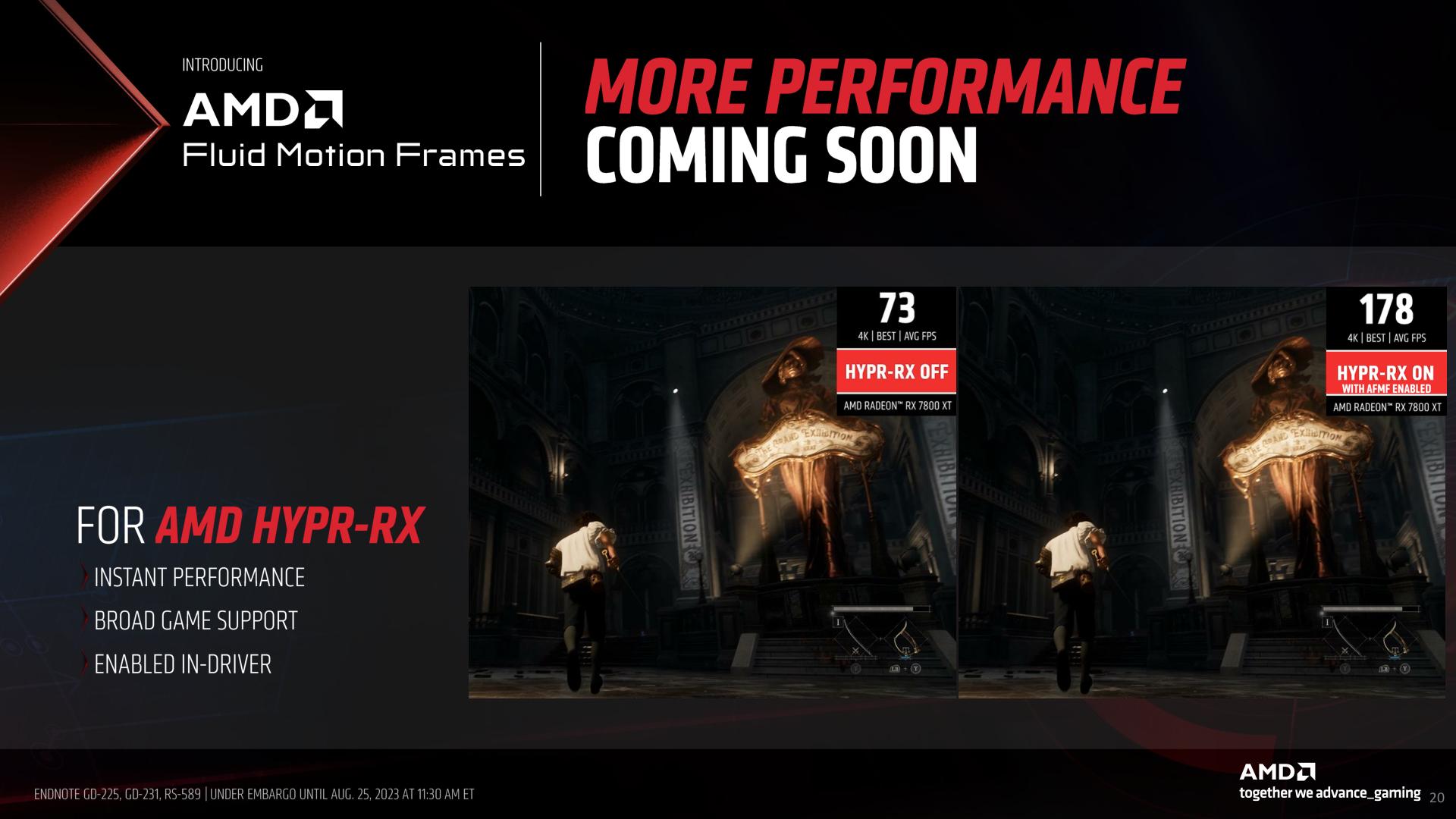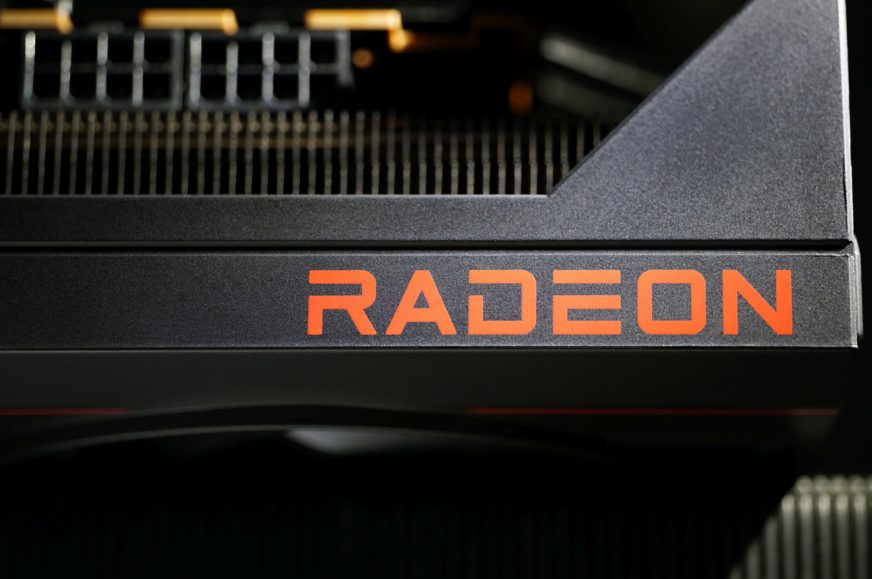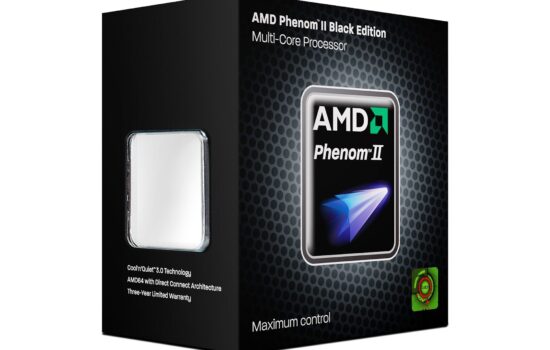AMD Fluid Motion Frames moving from preview driver to stable release, now also for RDNA 3 based integrated GPU
Last year AMD released FSR 3 frame generation, of which a simplified version that doesn’t use game vector data is also usable globally on the GPU driver level as the AMD Fluid Motion Frames feature. It can be used in all sorts of games that lack their own FSR 3 (or Nvidia’s DLSS 3) support. This technology will soon make its way from beta to standard drivers, and it now even works on integrated GPUs, including gaming handhelds.
Integrated GPU enabling
The first part of the news around AFMF (AMD Fluid Motion Frames) is that AMD has extended support to integrated GPUs. At first, only dedicated GPUs with RDNA 3 architecture (i.e. Radeon RX 7000s) had the support via preview drivers. However , support for Radeon RX 6000 with RDNA 2 architecture was added later based on feedback.
From the beginning, however, there were calls for support for integrated GPUs in Ryzen APUs, because the extra frame rate (albeit not real and just artificially interpolated) would be useful in laptops and mobile devices. But AMD did not provide this feature on integrated GPUs at first, not even on those iGPUs that have RDNA 3 architecture.
Back at the end of October, support for HYPR-RX (of which AFMF is a part) appeared specifically in the drivers for Asus ROG Ally devices. This is a handheld based on the Ryzen Z1 Extreme, which is a version of the Ryzen 7040. But this driver was distributed purely for the Asus handheld (it was downloadable from Asus).
Now, fortunately, this support has been generalized to all RDNA 3 architecture integrated GPUs, i.e. those labeled Radeon 700M (780M, 760M, 740M). These integrated GPUs are in the Ryzen 7040H/HS and the 7040U and also in the mobile Ryzen 8000 and the desktop APUs Ryzen 8000G. The support is provided by a new special driver with a preview of the Fluid Motion Frames feature, which is available for download now. It’s still a test release that’s provided outside of the main series of driver updates – you can probably consider these drivers beta releases.
This driver (AMD Software 23.40.01.10 Preview Driver for AMD Fluid Motion Frames) can be downloaded from the AMD website and supports Radeon RX 7000, Radeon RX 6000 and the integrated Radeon 700M series GPUs mentioned (note that the letter M is also included in the name even for the desktop APU versions and not just the mobile versions, so those should also be included).
Hybrid configurations, i.e. systems wit both graphics card and an integrated GPU installed, are also supported. In such cases, AFMF must be supported by the GPU to which the monitor is physically connected. It is possible you will be able to enable the feature even if you combine an unsupported dedicated card (like a competitor card) with a Ryzen 8000G, run the game on the dedicated GPU, but have your display output and AFMF handled through the iGPU and its drivers.

AFMF requires playing in fullscreen mode and with V-Sync enabled (at least for now, maybe that requirement will change over time). It is recommended to enable the “Optimizations for windowed games” option for games using borderless fullscreen mode under Windows 11. Currently AFMF is supported in games running on DirectX 11 or DirectX 12.
Release in standard drivers
This piece of news was followed by a second one in connection with AFMF. While the new mentioned driver is still keeps that separate “Preview release” status, it has finally been announced when the HYPR-RX feature and with it the AFMF technology will be included in the standard driver release, allowing users to get it with automatic updates without switching to these non-standard drivers. It’s due to happen this month on Jan. 24, the same day AMD releases the Radeon RX 7600 XT. That graphics, as an RDNA 3 architecture GPU, will of course have AFMF available to it.

As a reminder, AMD’s Fluid Motion Frames technology will inevitably deliver slightly lower quality output due to not having access game’s engine data or any other assistance from the game (so AFMF frame generation works, essentially, as if it were working on regular video content). On the other hand, it can be used in just about any game (provided the game runs on a supported DirectX 11 or 12 APIs), because everything is implemented at the driver level, not in the game.
Nvidia doesn’t have such a form of image generation that would work outside of explicitly supported games yet, although technically there’s nothing stopping the company from making their own AFMF-like equivalent. It is possible that something similar will be announced eventually. There was even a bit of an opportunity for Nvidia to reveal such a feature with GeForce RTX 4000 Super graphics cards at CES 2024, but it didn’t happen there. We’ll see in the future though.
Sources: VideoCardz (1, 2, 3), AMD
English translation and edit by Jozef Dudáš
⠀











